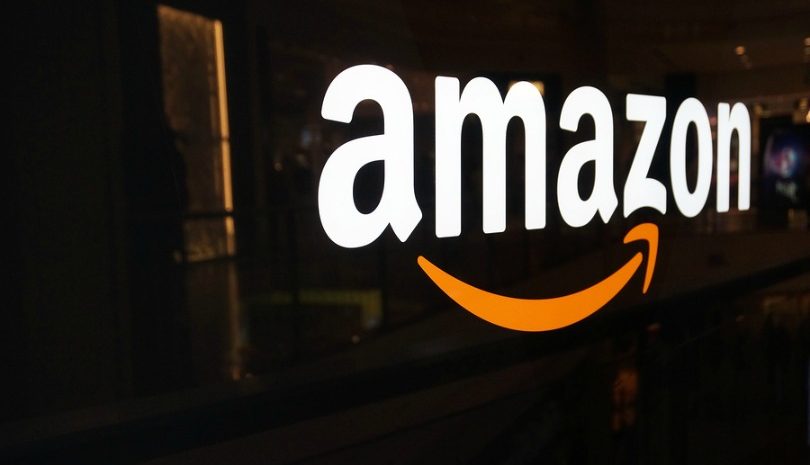Amazon has arrived down under, but are local retailers really in trouble?

By Lindsay Brown, vice president, APAC, LogMeIn.
It was generally assumed that Amazon would land in Oz with a bang and dominate all things e-commerce in the region overnight. However, the excitement and apprehension felt by Aussie consumers and local retailers dissipated as the public realised the online retailing juggernaut was off to a slower start than anticipated. While Amazon works to build its regional capabilities, it has left the field open for local online retailers to compete in the battle for market share.
According to Marketplace Pulse, Australia is now Amazon’s fastest growing marketplace. Local retailers are understandably anxious about competing with Amazon’s distribution capabilities, stock range and availability, and low pricing, as it has set a strong precedent with its existing global ecosystem. At the top of their minds is the fear that, once Amazon builds its regional operations, Australian consumers will ultimately prefer the international giant over local outlets.
However, Australian consumers don’t necessarily perceive overseas online retailers as inherently superior. Local e-commerce companies have an equal opportunity to take advantage of the trends in Australia’s growing online and mobile consumer base. Australia Post’s Inside Australian Online Shopping 2017 report found that online transactions increased by 11.5 percent in 2016, with 79 percent of those online purchases conducted with domestic retailers.
While this data is drawn from a pre-Amazon Australia, there is no clear indicator that the behemoth will completely cannibalise the domestic e-commerce industry. Amazon’s slow start and building momentum will stimulate further growth in the Australian e-commerce market and be a catalyst for a more competitive delivery of services. To rise to the challenge and benefit from this market growth, local retailers must identify what they do well and strengthen their market position by executing a clear business and customer experience strategy. It’s all about maintaining relevance with customers.
The ability to deliver a truly personalised, responsive customer experience is vital to brand loyalty: a business is only as good as its last consumer experience. A recent study from IDC found that 67 percent of consumers rate customer satisfaction above price when doing business with a company. Furthermore, 64 percent of consumers said a good support experience would result in advocacy and additional purchases, while 60 percent would share bad experiences.
Online access to information and services, plus the ability to publish reviews, has empowered today’s consumer base. Furthermore, millennial consumers expect seamless, 24/7 customer service as part of their digital lives. IDC’s study revealed a concerning disconnect between the priorities of companies and consumers, with 30 percent of companies claiming they value reducing the cost of support services over improving customer satisfaction. Local retailers that are looking to compete in the digitally transformed landscape will need to step up and eliminate this disconnect.
Leading Australian online bookstore, Booktopia, is a strong example of a business that has taken advantage of the digital revolution. With the increasing popularity of e-readers and the fall of bricks and mortar bookstores, the general assumption is that hardbacks and paperbacks are living on borrowed time. However, Booktopia capitalised on digital transformation by creating a superior, reliable, and personalised online customer service via an easy-to-use website.
A recent report by Ovum found that 45 percent of customers believe it’s now more difficult to reach the right representative than it was two years ago, despite the increase in communication channels. The key to overcoming this perception and excelling at customer engagement is to optimise each channel to deal with the enquiries it is best suited to.
While Booktopia offers a responsive mobile experience to address the needs of today’s customers and a live webchat application for instant communication with its customer experience agents, the company has found that its key differentiator has been clearly displaying a phone number at the top of its website.
Though the phone rarely rings, the fact that customers know they’re able to call and speak to a real person about their issue gives Booktopia a clear competitive advantage over other booksellers. In contrast, many large retailers bury contact information on their websites, making it seemingly impossible to communicate with a live person who actually has the authority to help solve your problem.
While Booktopia has secured its place in the market through customer service, other top Australian online retailers have developed alternate strategies to combat the threat posed by international competitors. The country’s most profitable online retailer, Catch Group, is focused on meeting customer needs with a curated marketplace that allows brands such as Speedo and Lorna Jane to sell through its platform. Number two local online retailer Kogan plans to build on its recent growth by acquiring smaller companies and working with, rather than fighting against, Amazon by adding it to its network of sales channels. Meanwhile, The Iconic has identified its strengths and launched a premium boutique, offering Australian shoppers the easiest access to luxury local fashion that they’ve ever had.
It’s no secret that consumers want access to a range of quality products online, fair prices, and fast delivery – all of which Amazon is able to deliver with its eyes closed. Exceptional customer experience, however, can give smaller local companies the best chance of challenging international retailers in the melting pot that is e-commerce in Australia.
Comment Manually
You must be logged in to post a comment.

No comments